All Stories
-
 Neuroscience
NeuroscienceRed blood cells sense low oxygen in the brain
Red blood cells sense low oxygen and speed to the scene, a new study suggests.
-
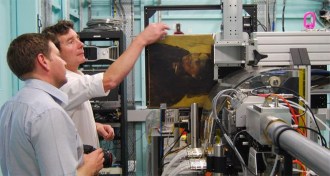 Chemistry
ChemistryX-rays reveal portrait hiding beneath Degas masterpiece
X-ray technique reveals an additional painting hiding behind Edgar Degas’ "Portrait of a Woman."
-
 Animals
AnimalsSmart mice have better odds of survival
African striped mice (Rhabdomys pumilio) may survive summer droughts by their wits, a study suggests.
-
 Planetary Science
Planetary ScienceCeres is more than just a space rock
Dawn spacecraft reveals that the dwarf planet Ceres hides a core of solid rock beneath an outer crust of minerals, salts and ices.
-
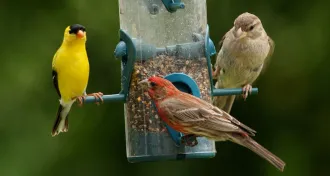 Animals
AnimalsBird-friendly yards have a major downside — for birds
Vegetation and feeders bring birds into our yards. But those lures also bring more birds to collide with the windows in our homes.
-
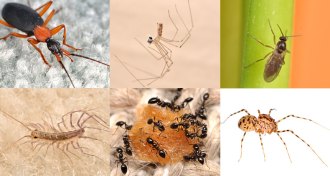 Animals
AnimalsDiversity of indoor insects, spiders adds to life’s luxuries in high-income neighborhoods
A massive survey of indoor spiders and insects in town finds dozens of different scientific families in homes, more in high-income neighborhoods.
By Susan Milius -
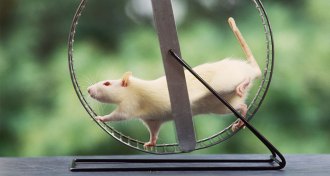 Neuroscience
NeuroscienceRunning doesn’t make rats forgetful
Running doesn’t seem to wipe out old memories in rats, concludes a new study that contradicts earlier reports suggesting that exercise does actually help old memories fade and new memories form — in other rodents.
By Meghan Rosen -
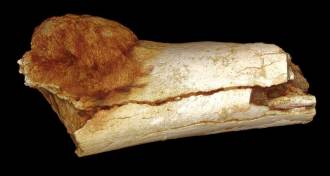 Anthropology
AnthropologyOldest evidence of cancer in human family tree found
Bony growths on fossils may push origins of this disease way back in the Stone Age.
By Bruce Bower -
 Health & Medicine
Health & MedicineZika-carrying mosquitoes eluding control efforts in Miami
Florida adds 10 new cases of locally acquired Zika infection, prompting the CDC to issue travel warning for pregnant women. Mosquitoes in Miami may be resistant to insecticides.
By Meghan Rosen -
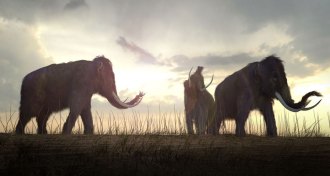 Paleontology
PaleontologyWoolly mammoths’ last request: Got water?
Woolly mammoths survived on an Alaskan island thousands of years after mainland mammoths went extinct. But they died out when their lakes dried up, thanks to a warming climate and rising sea levels.
-
 Health & Medicine
Health & MedicineMosquitoes in Florida now spreading Zika virus, health officials warn
Florida adds 10 new cases of locally acquired Zika infection, prompting the CDC to issue travel warning for pregnant women. Mosquitoes in Miami may be resistant to insecticides.
By Meghan Rosen -
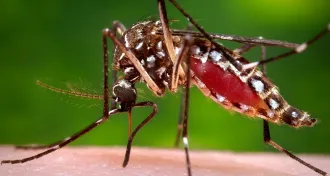 Health & Medicine
Health & MedicineFlorida mosquitoes likely spreading Zika
Mosquitoes in Florida carrying the Zika virus are probably to blame for four recent cases of infection.
By Meghan Rosen